Essential Spices in Persian Cuisine
Spices are the heartbeat of Persian cooking, weaving together the rich tapestry of flavors that define this centuries-old cuisine. In Persian culture, spices are more than just ingredients - they are symbols of warmth, hospitality, and the art of creating balance. With their vibrant colors, intoxicating aromas, and bold flavors, Persian spices have been cherished for centuries, often traded along the legendary Silk Road, which brought them to tables far beyond Iran's borders.
Historically, Persian cooks perfected the use of spices to create harmony in dishes. Persian cuisine emphasizes subtlety, with spices used not to overwhelm but to elevate each ingredient, ensuring every bite tells a story. These spices embody the sophistication of Persian cooking, where the interplay of sweet, sour, and savory flavors creates a dining experience unlike any other.
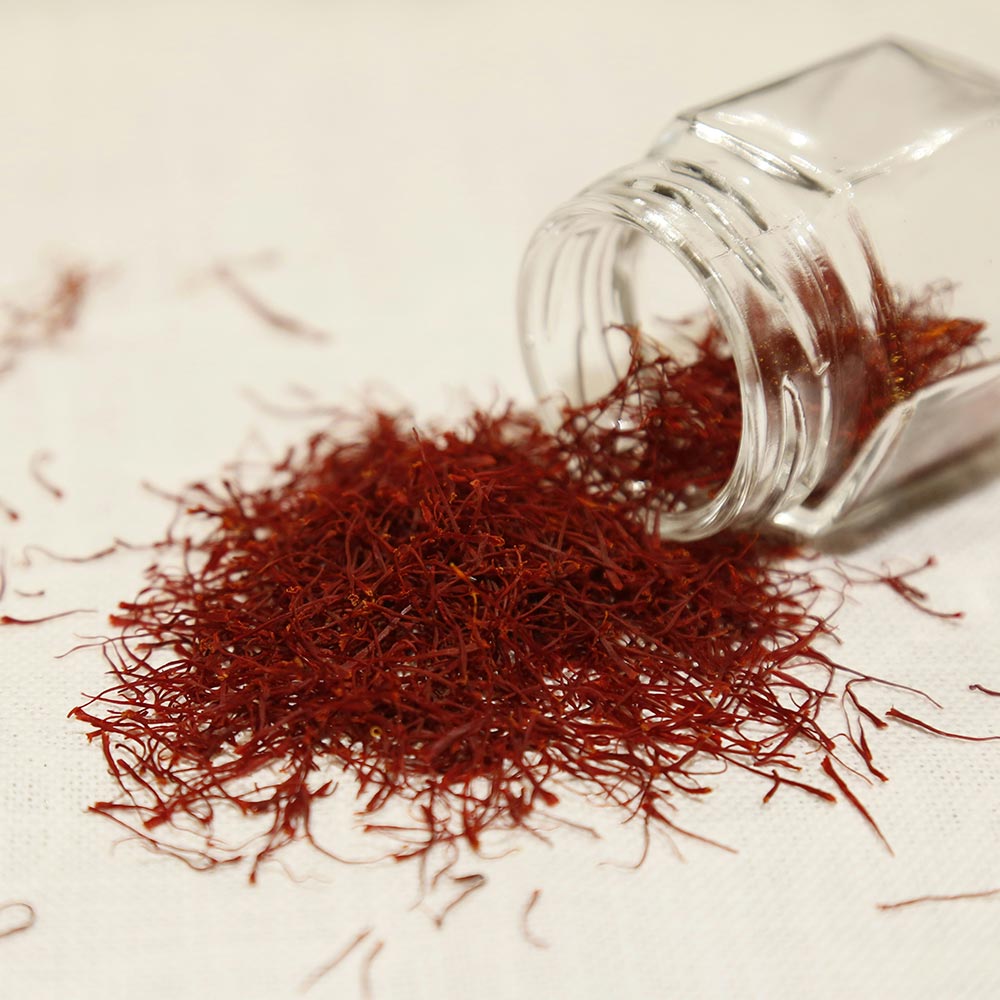
Saffron (Zafaran)
Known as "red gold," saffron is the crown jewel of Persian spices. Its deep red threads, when steeped, release a vibrant golden hue and a delicate, earthy aroma. Saffron is used sparingly but purposefully, elevating dishes like tahdig, sholeh zard, and zereshk polo into works of art.
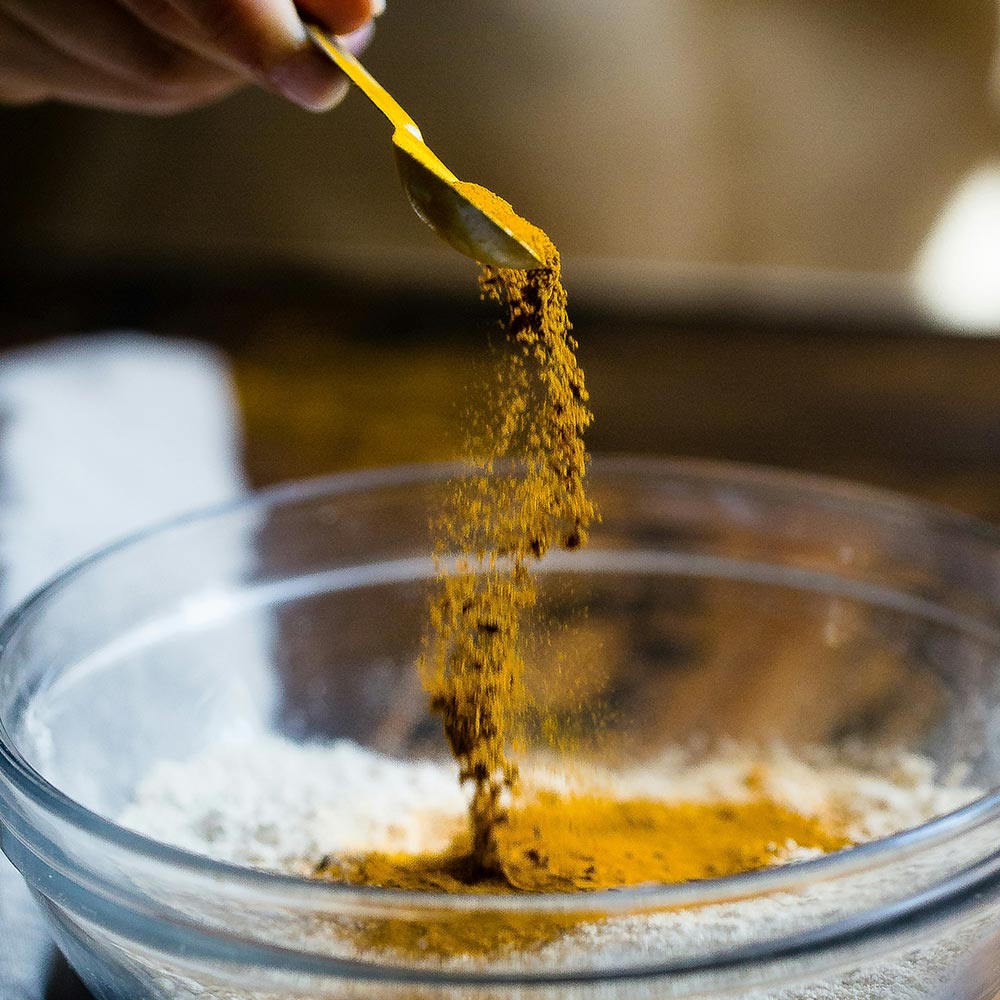
Turmeric (Zardchoobeh)
Turmeric is the foundation of Persian stews, soups, and rice dishes. Its warm, earthy flavor and golden color are essential in recipes like khoresh gheymé and ash-e reshteh. In Persian households, turmeric is as much a seasoning as it is a remedy, valued for its anti-inflammatory properties.
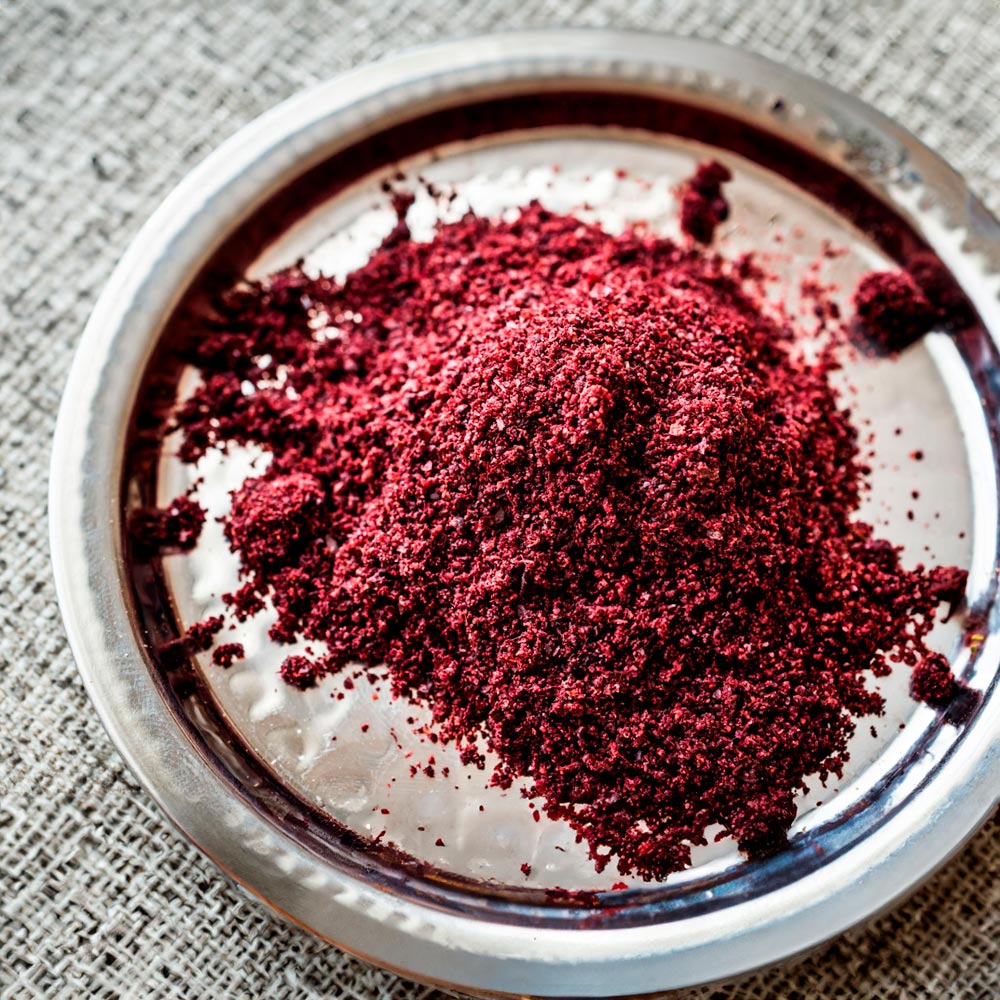
Sumac (Somagh)
With its tangy, lemony flavor, sumac is a Persian table staple, often sprinkled over kebabs and rice. Its vibrant crimson color adds both flavor and visual appeal, making it a must-have for anyone recreating Persian dishes.
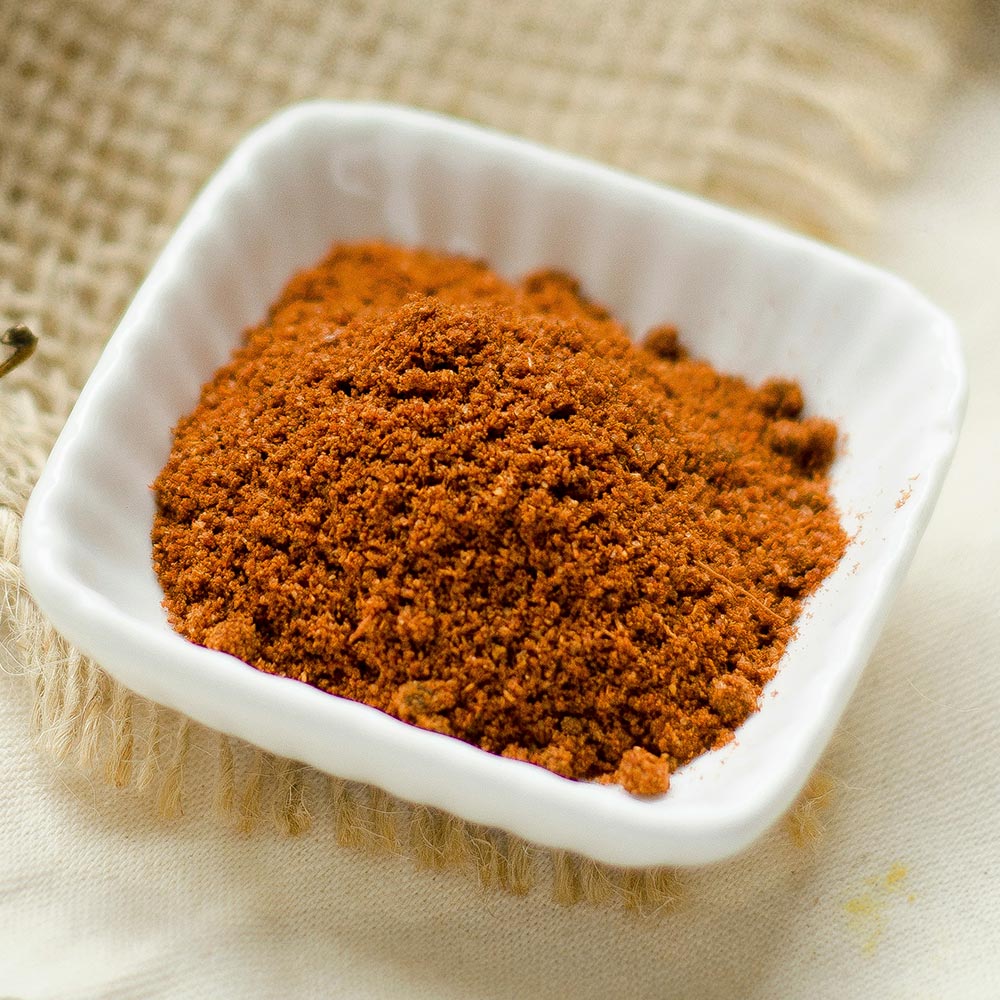
Cinnamon (Darchin)
Cinnamon adds warmth and subtle sweetness to Persian stews and rice dishes, such as shirin polo (sweet rice). Its gentle aroma pairs beautifully with dried fruits and nuts, balancing the sweet and savory elements of Persian cooking.
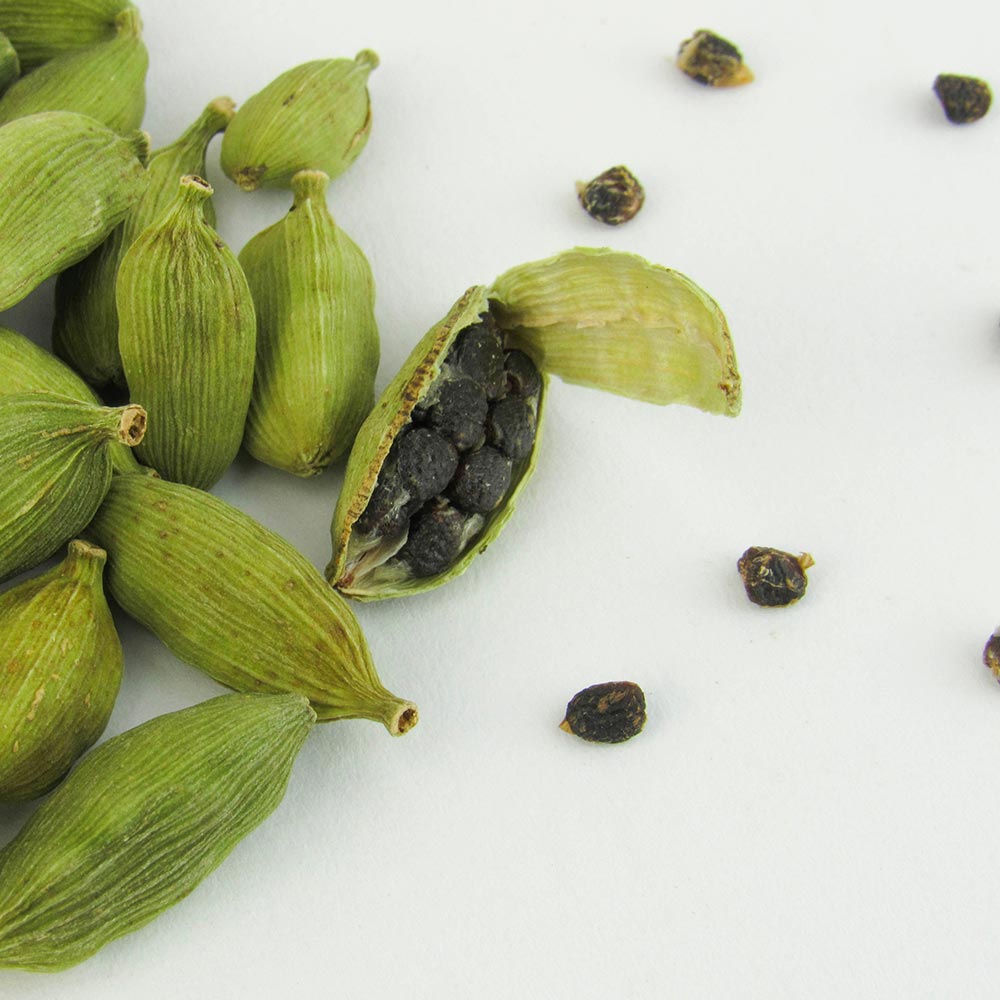
Cardamom (Hel)
Used in desserts, teas, and even savory dishes, cardamom brings a floral, slightly citrusy aroma to Persian cuisine. It’s a key ingredient in Persian sweets like baklava and is often added to the tea served after meals.
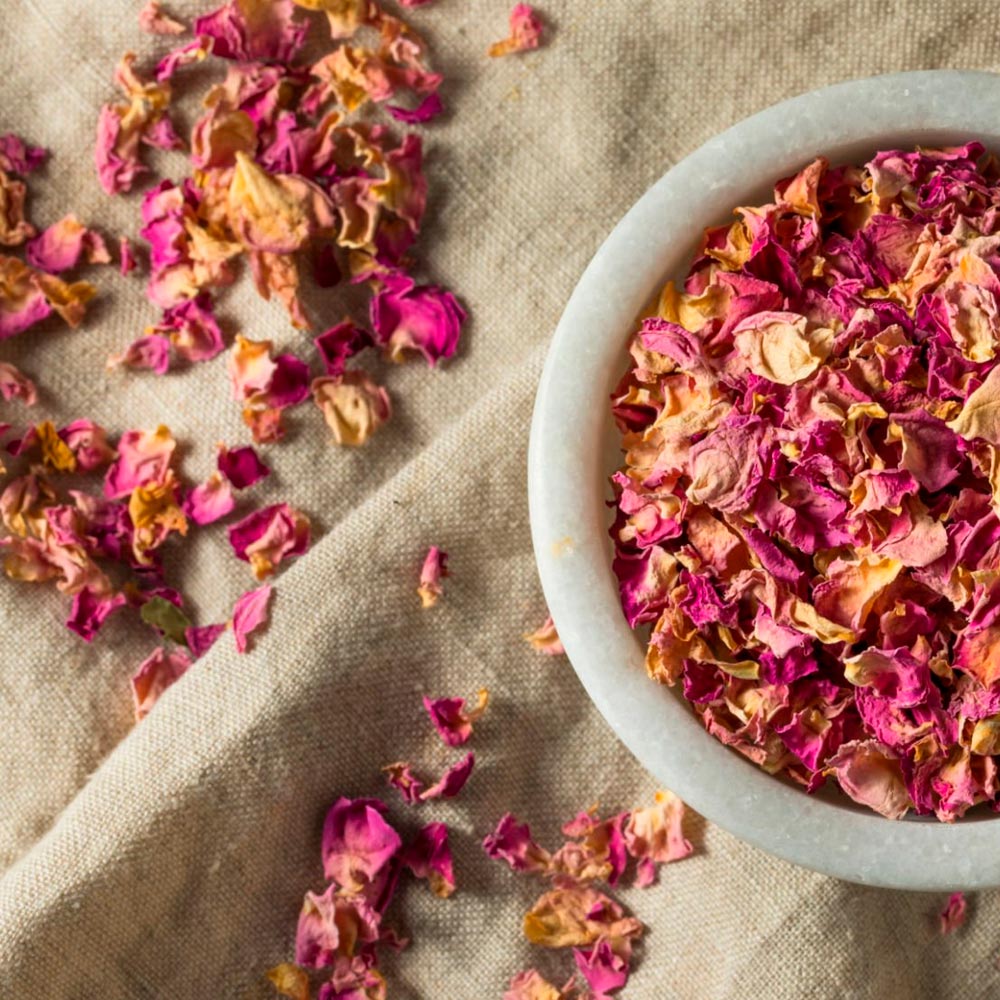
Dried Rose Petals (Gol Mohammadi)
Fragrant and delicate, dried rose petals are a unique Persian spice used in desserts, drinks, and as a garnish. They embody the romantic and sensory nature of Persian cuisine, adding a subtle floral note.
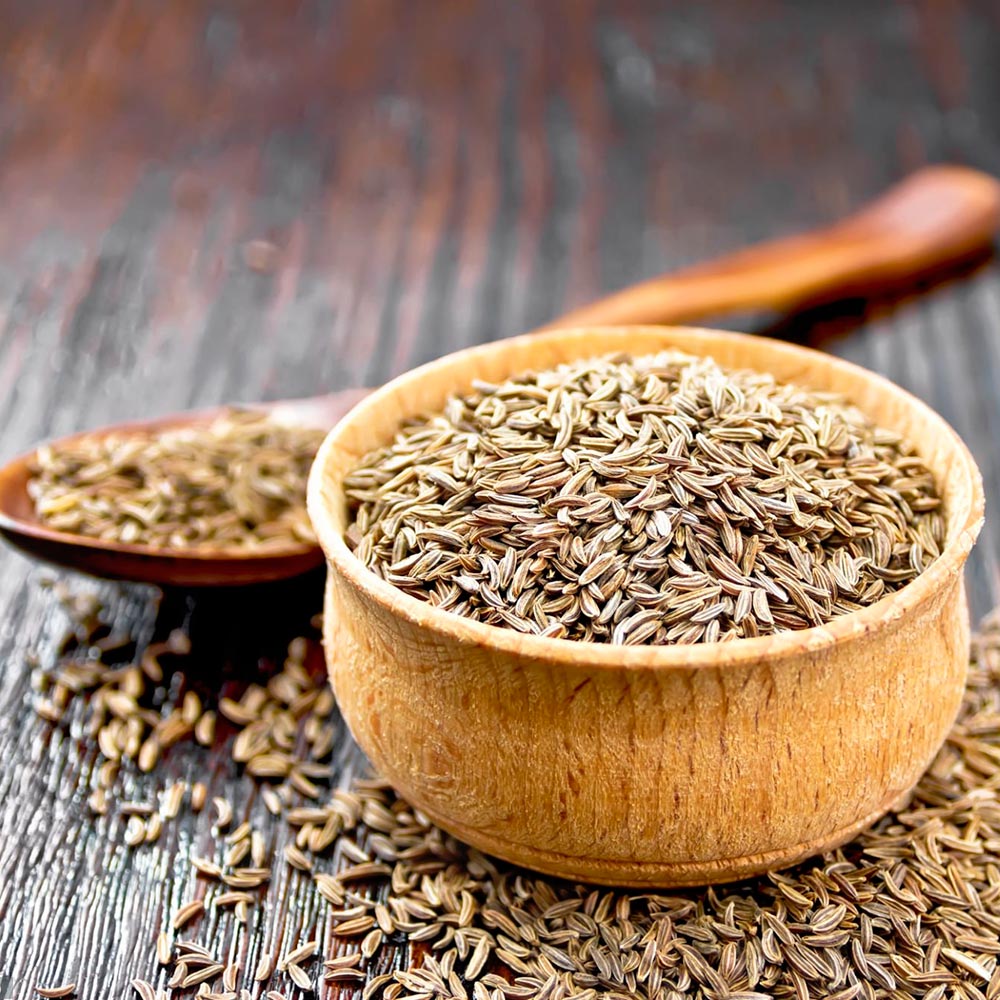
Cumin (Zireh)
Cumin seeds bring depth and complexity to Persian soups, stews, and breads. Their nutty, peppery flavor is essential in recipes like kashk-e bademjan (eggplant dip) and ash-e reshteh (herb and noodle soup).
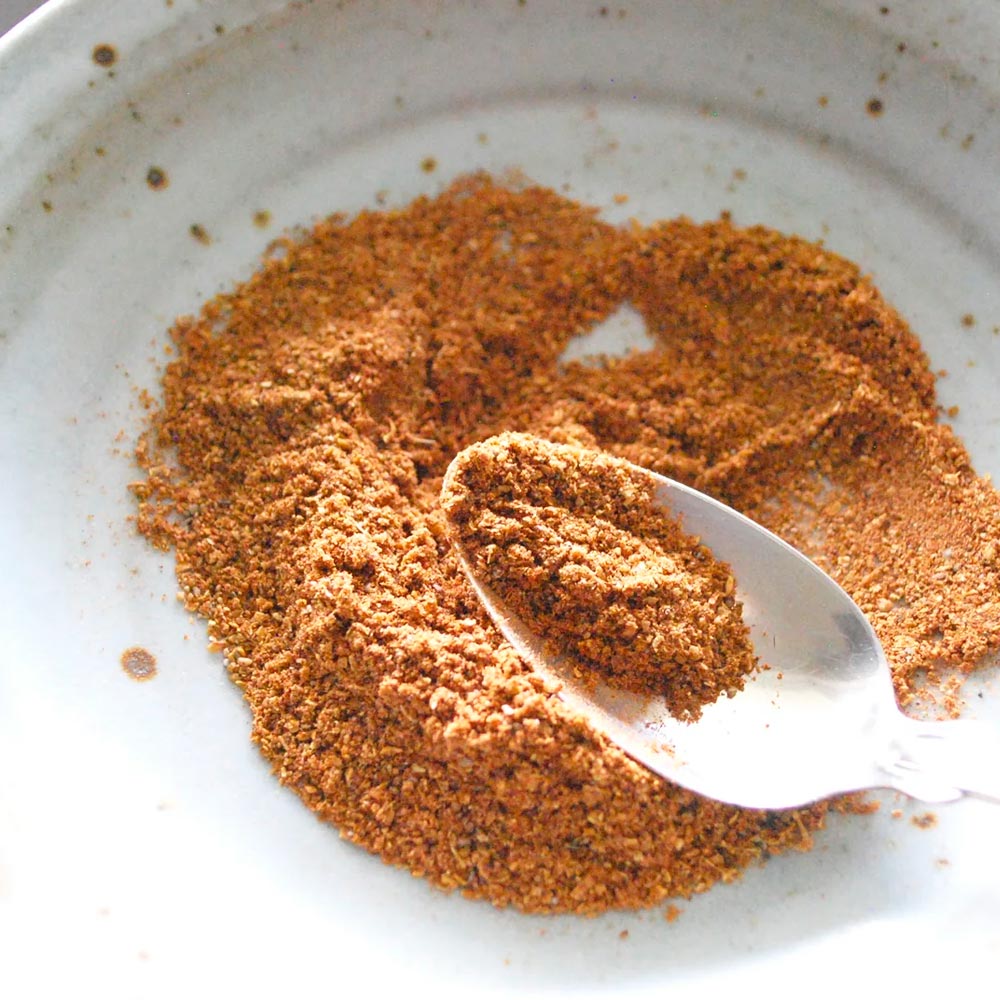
What about Advieh?
Advieh is the Persian word for "spice mix" or "seasoning blend." It’s an essential part of Persian cuisine, where it is used to bring depth, aroma, and balance to a variety of dishes.
A Blend of Culture and Flavor
Spices in Persian cuisine aren’t just about flavor; they carry centuries of cultural significance. From saffron fields in Khorasan to cinnamon brought along the Silk Road, these spices are a reflection of Iran’s rich history and culinary ingenuity. They symbolize abundance, health, and hospitality, turning everyday meals into unforgettable feasts.

